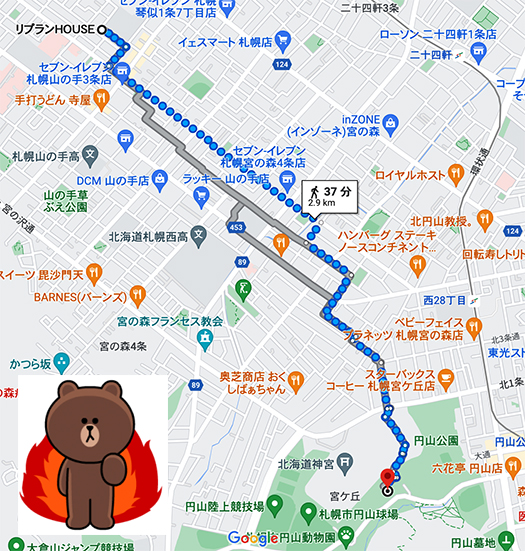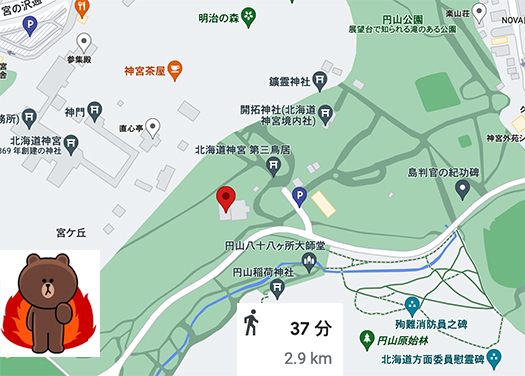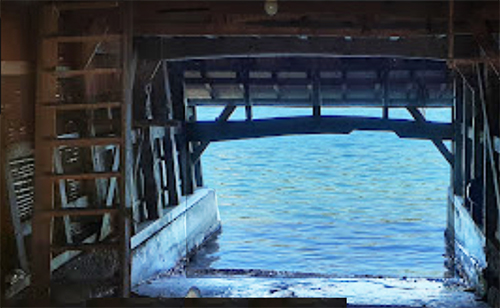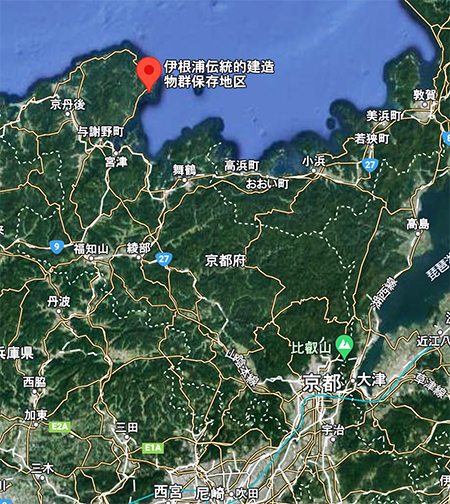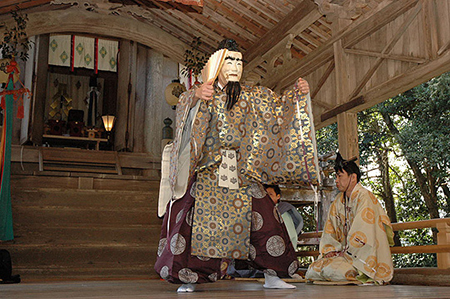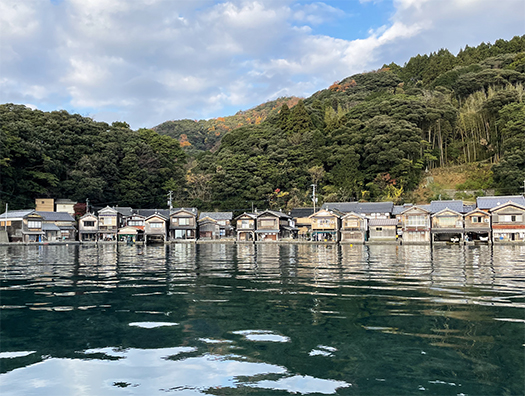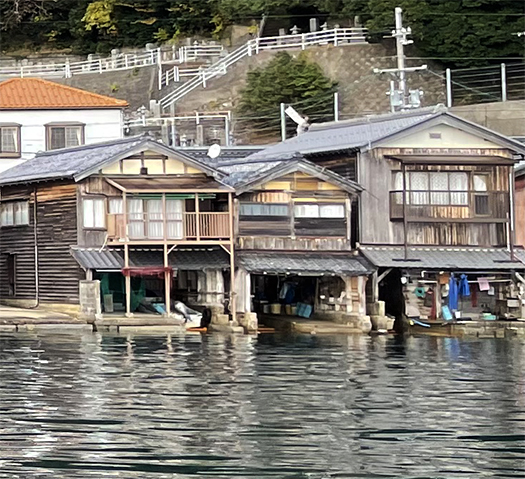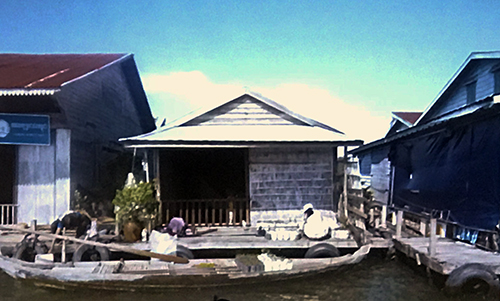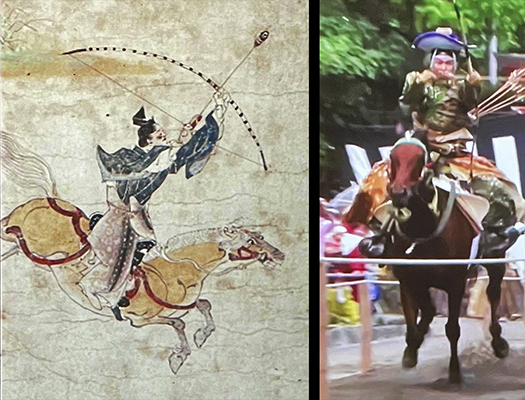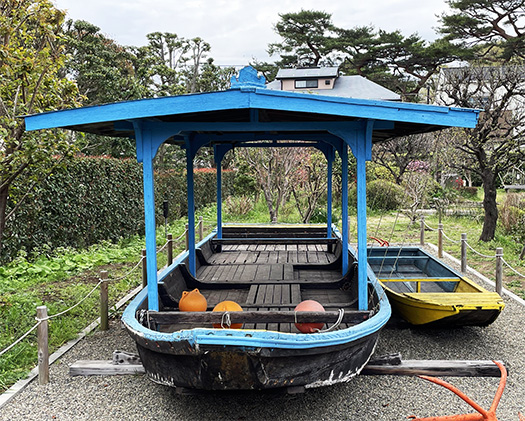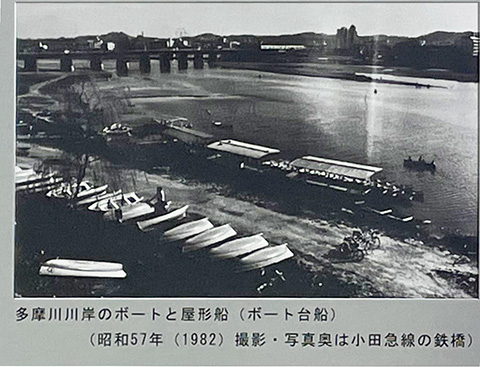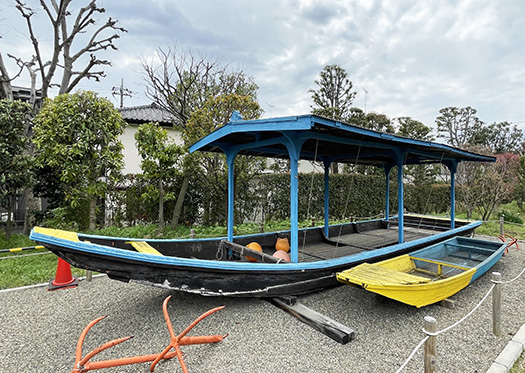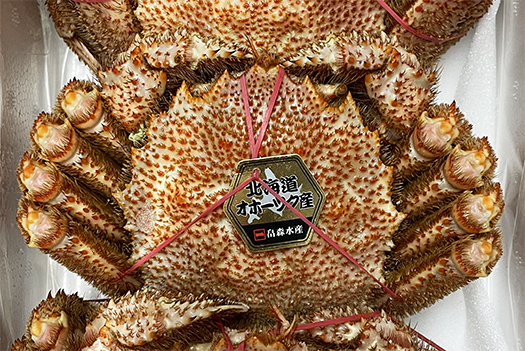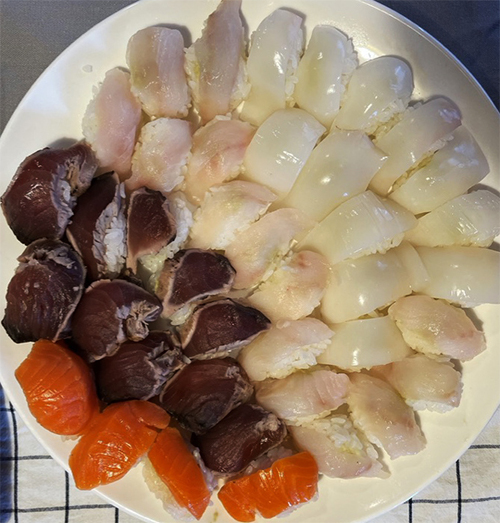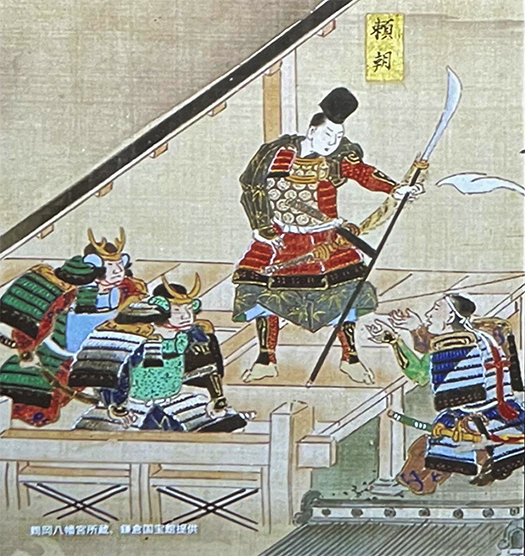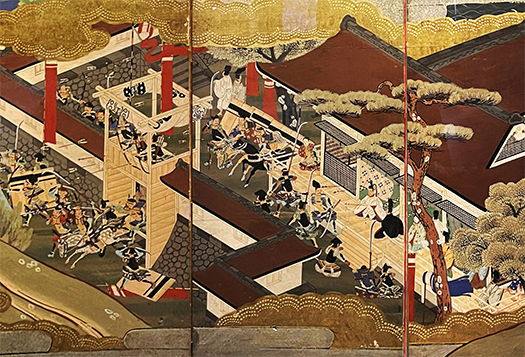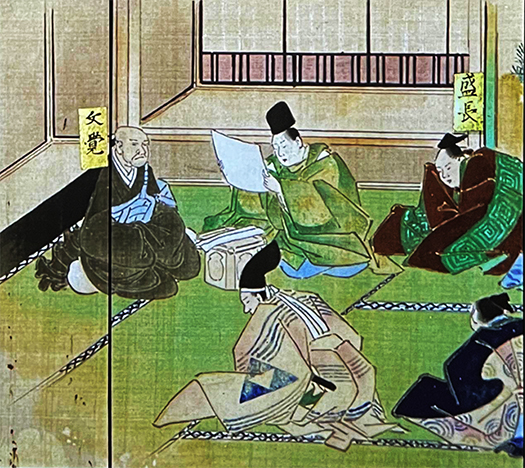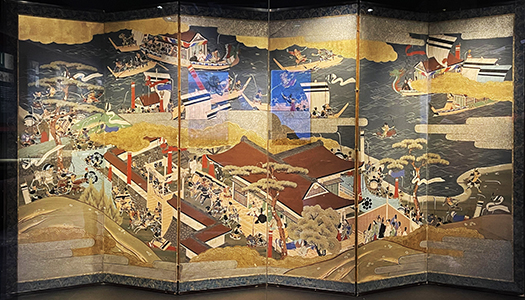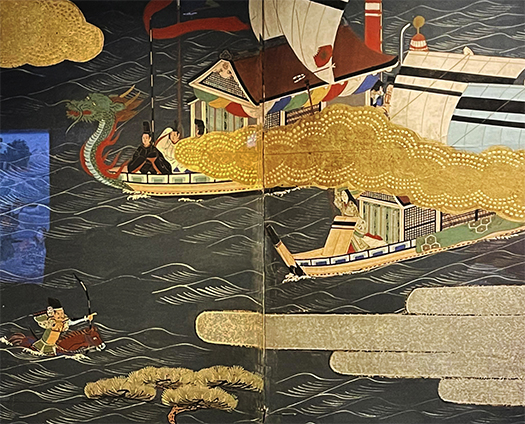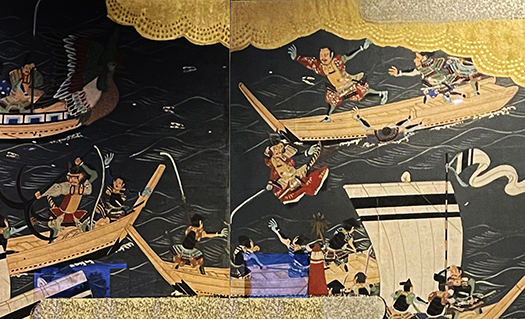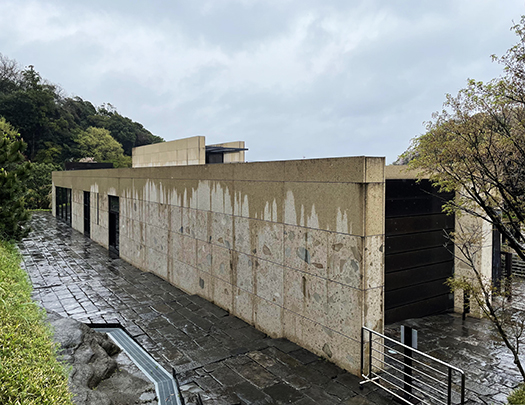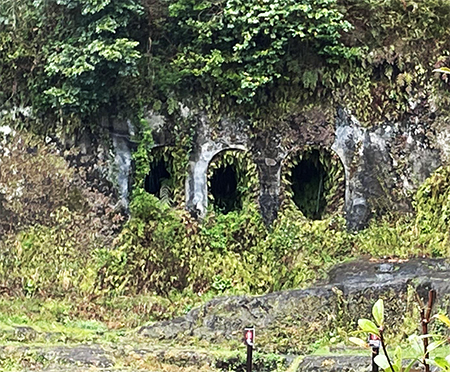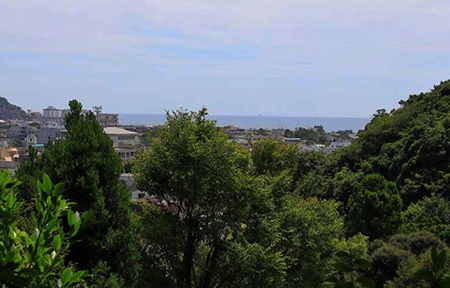
昨日ようやくわが家に帰還しました。で、迎えに来てくれたカミさんの乗った愛車を見たら例の黄砂でちょっとかわいそうな表情になっていた。そんなに美顔というほどではないけれど、深く愛しているクルマが泥まみれになっているように感じて、午後から時間を見てわが家で洗車。
わが家の近くには洗車専門スタンドがあるのですが、買い物のついでに通りかかったらあり得ないほどの長蛇の列。どう見ても1−2時間待ちは確実。クルマを見た感じではわが家でのシロウト洗車でも、そこそこ対応可能のように思えたので、DO IT YOURSELF。洗車用の洗剤もあったけれど、まずは水洗い+洗車ブラシ+拭き取り対応で様子を見ることにしたのです。
冬の間、外していた室外放水シャワーを引き出して設置。こちらの方は半年ぶりくらいの活躍でしたが、元気いっぱいの放水ぶりで、気持ちよく黄砂を落としてくれていく。その後、洗車ブラシで丹念に泥落とし。その後、もう一回放水して2度目の泥落とし。それから布ぞうきんでガラス面、車体を丹念に拭き取っていく。わたしの場合は洗剤などは使わずに水洗いだけに今回は留めましたが、様子を見て今後は本格的にやらなければならないかも知れません。ただ、本日は雨と言うことなので、ひと安心か。

ついでに建物表側の窓ガラスに放水シャワーを掛けていきました。黄砂というよりも冬の間の汚れが目立っていたので、愛着を込めての洗浄作業。
人生時間が長くなってきているわたしですが、しかし黄砂でクルマが汚れて洗車するという事態はあんまり記憶になかった。上の写真は2019年4/16-17の期間の気象庁発表「黄砂」状況動画からの抜き出し画像。赤い色が激しい黄砂の様子とのことで、北海道は薄いオレンジ程度ではある。しかしこういう衛星画像でも確認できるほどの地球環境的気候要因。
人間活動が地球環境自体に影響を及ぼしつつあることから「人新世」という言葉がよく知られるようになって来たけれど、黄砂の規模が拡大しているように感じるのには、そういう影響もあるのだろうかと考えてしまう。これからの未来に向かって、少しでもよき環境を後世代に受け渡していきたいけれど、個人としてはこまめな洗車習慣などで身の回りを整えることが精一杯だとも思える。来週にはまた飛来してくるという情報もあるので、しばらくは要注意ですね。
English version⬇
Car and window washing to remove “yellow sand”.
I don’t remember that much about the natural phenomenon of yellow sand since I was born. I don’t even remember having to deal with it, much less wash my car. Is it one of the pathologies of the Anthropocene Earth? …
Yesterday, I finally returned to my home. And when I looked at my wife’s car, which she came to pick me up, I saw that it looked a little pitiful because of the yellow sand. It was not so much a beautiful face, but I felt that my deeply loved car was covered with mud, so I took the time to wash it in the afternoon at our house.
There is a car wash near our house, but when I walked by it while shopping, I found an unbelievably long line. I was sure there would be a 1-2 hour wait. I thought it would be possible to wash the car at home even by a novice, so I decided to do it myself.
We pulled out the outdoor water shower that had been removed for the winter and installed it. It had not been used for about half a year, but it was full of water, and it removed the yellow sand pleasantly. After that, we painstakingly removed the mud with a car wash brush. After that, we sprayed water once more to remove the mud for the second time. Then, I carefully wiped off the glass surface and the body of the car with a cloth wiping cloth. In my case, I did not use any detergent and only washed the car with water this time, but I may have to do it more seriously in the future, depending on how it goes. However, since it is supposed to rain today, I guess I can rest easy.
In addition, we sprayed the windows on the front side of the building with a water spray shower. The windows were dirty from the winter rather than from yellow sand, so I washed them with love and care.
My life time is getting longer and longer, but I did not remember a situation where I had to wash my car because it was dirty from DSS. The photo above is an extracted image from the “DSS” situation video released by the Japan Meteorological Agency for the period of 4/16-17/2019. The red color indicates intense DSS, while Hokkaido is only light orange. However, the global environmental climate factors are so strong that they can be seen even in these satellite images.
The term “Anthropocene” is becoming well known as human activities are affecting the global environment itself, and I wonder if this is one of the reasons why the scale of the DSS seems to be expanding. I would like to pass on a better environment to future generations, but as an individual, I think I can do my best to keep my surroundings in good shape by washing my car frequently. There are reports that it will fly in again next week, so we need to be careful for a while.
Posted on 4月 16th, 2023 by 三木 奎吾
Filed under: 日本社会・文化研究 | No Comments »


